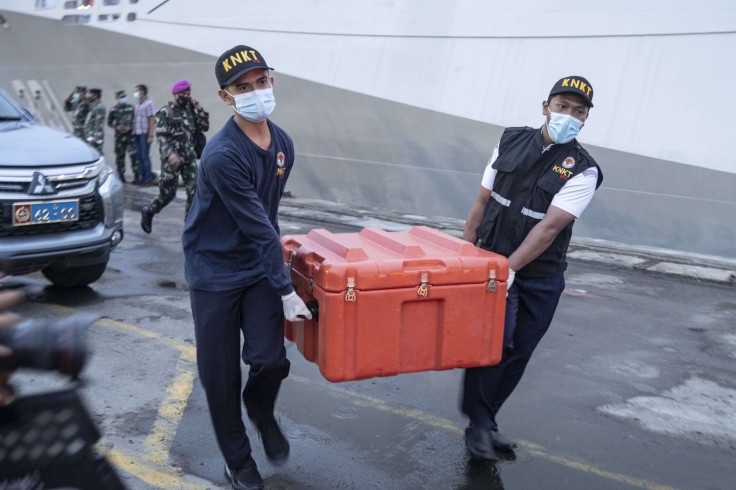Traveling by air has come a long way since it was first done on Jan. 1, 1914, when the first scheduled passenger airline service took off from St. Petersburg, Florida, to Tampa, Florida, about 17 miles away per Space.com.
Since then, there have been many innovations and improvements that have been made to commercial aircraft to make them what they are today. In fact, traveling by air is the safest form of long-distance transport, and you're more likely to die in a car accident than a plane crash, per GOAT Australia.
However, if an airplane does crash, one of these innovations is the "black box," more formally known as an airplane's flight recorder, which will help investigators know how the crash happened.
Here are some facts you may or may not know about an airplane's flight recorder:
Airplane Flight Recorder Detail

An airplane's black boxes are one of the first things investigators look for when a plane crashes. An airplane has two installed within them, according to NPR. The first, a flight data recorder, records flight control and engine performance. Meanwhile, a cockpit voice recorder, the second black box in an airplane, stores background sound and conversations between crew members and air traffic control.
Since these black boxes store important information, they have to be easily noticeable in the event of a crash. As such, an aircraft's black boxes aren't actually black by design but are painted orange instead so they can be more easily spotted in the wreckage.
In addition to them being orange, black boxes are wrapped in a thin layer of aluminum and a 1-inch layer of high-temperature insulation to protect the black boxes' memory boards from extreme temperatures, per Telematics.
The memory boards and insulation are then encased in corrosion-resistant stainless steel or titanium steel to better withstand impact velocities of about 310 mph and an acceleration of 3,400 Gs.
Black boxes are designed to survive flames as hot as 2,000-degrees Fahrenheit for one hour and its signal, which is used to help investigators find it easily, is expected to emit a signal once per second while submerged in 20,000 ft. of salt water for 30 days.
Aerotime mentioned that a black box goes through a sequence of tests to determine if it can survive extremely harsh conditions. These tests include a static crush test, where a 5,000lbs. pressure is applied to all of a black box's six axis points, and a pierce test, which employs a 500lb. weight with a hardened steel pin from 10 feet.
Can A Black Box be Destroyed?
With such a sturdy design, destroying a black box is near impossible. According to Leeham Co. Director Scott Hamilton, finding a destroyed black box is "extremely rare" as the devices have traditionally outperformed their design.
"It would take a concentrated fire beyond its design strength, or an impact so high that it would be beyond what it could withstand," Hamilton said.
It is more likely that one of the two black boxes would not be recovered than finding one that is destroyed, and it is almost impossible to recover a black box that is too damaged or blank to be read, with stands as a testament to its design.
Related Article : Hybrid Plane-Helicopter May Be Aircraft Of The Future









